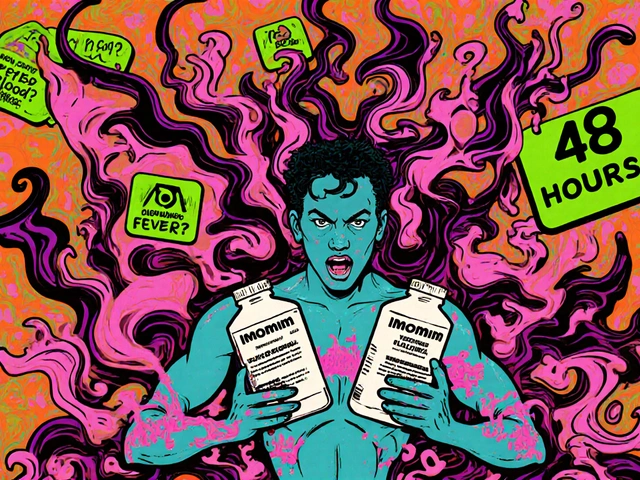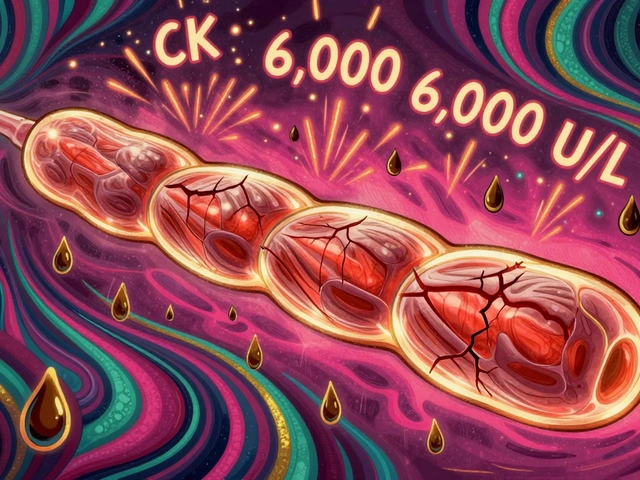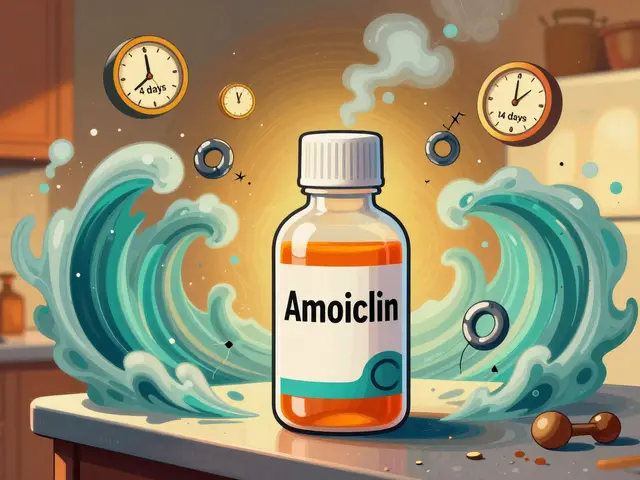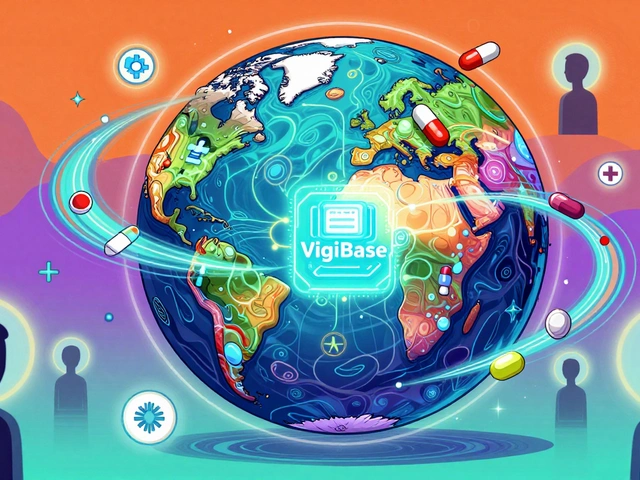
New Antimalarial Drugs: What’s New and How They Work
Malaria still bites millions each year, but the drugs we use are changing fast. If you’ve ever taken chloroquine or a simple artemisinin combo, you might wonder what’s out there now. The good news is that researchers have rolled out several fresh options that tackle resistant parasites and make prevention easier.
Top New Drugs on the Market
First up is tafenoquine. It’s a single‑dose treatment that can clear the liver stage of P. vivax malaria. Unlike the 14‑day primaquine course, tafenoquine lets you finish in one go, which is a win for people who forget daily pills.
Next, look at the newer artesunate‑piperaquine combos. They combine a fast‑acting artemisinin derivative with a longer‑lasting partner. This pairing helps stop the parasite from bouncing back, especially in regions where older artemisinin combos are losing their punch.
Another promising name is atovaquone‑proguanil (Malarone) with an updated formulation that improves absorption. The combo attacks the parasite’s energy production, making it hard for the bug to survive. It’s also well‑tolerated, so side‑effects are usually mild.
Finally, keep an eye on ganaplacide and c210. These are still in late‑stage trials, but early data show they can work against strains that ignore older drugs. If they get approval, they could become the go‑to option for travelers heading to high‑risk zones.
How to Choose the Right Treatment
Choosing a drug isn’t just about picking the newest name. Talk to a pharmacist or doctor about where you’re traveling, your health history, and any other meds you take. For example, tafenoquine isn’t recommended for people with certain G6PD‑deficiency levels, so a quick blood test may be needed.
Cost matters too. While tafenoquine saves you a two‑week course, it can be pricier upfront. On the other hand, artesunate‑piperaquine combos are often covered by national health services, making them a budget‑friendly pick.
Side‑effects differ across drugs. Malarone can give mild stomach upset, but most people handle it well. If you’re sensitive to nausea, ask if a lower‑dose schedule is possible.
Lastly, consider the timing. Some drugs work best if started within 24‑48 hours of symptoms, while others are meant for prevention before you travel. Knowing the right window can boost the cure rate and cut down on complications.
Bottom line: the fight against malaria is getting better tools every year. Whether you’re a frequent traveler, a health worker, or just curious, staying updated on the latest antimalarial drugs helps you make safer, smarter choices. Talk to a qualified professional, check for G6PD status if needed, and pick the option that fits your schedule and budget.
-
9 Aug






